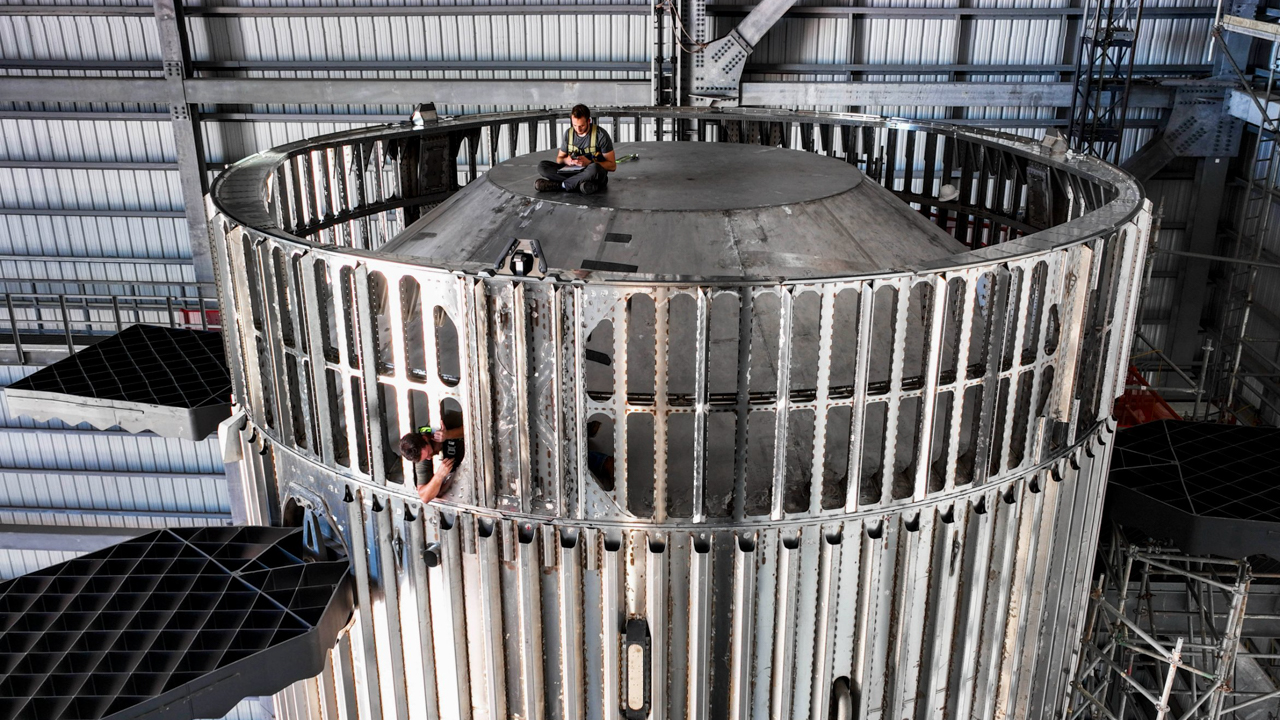That's above my pay grade. I have no idea what the air flow across the body is like.Is the tapering really an issue in forward flight?
I wouldn't be surprised to find out that the air stagnates as it reaches a squared stringer end, resulting in an aerodynamically-solid end and adding drag. Perhaps only in one regime of subsonic, transonic or supersonic, but present. That may be why they taper them on the booster.It's not like there are solid crossection, it's only the profile edge that changes.




